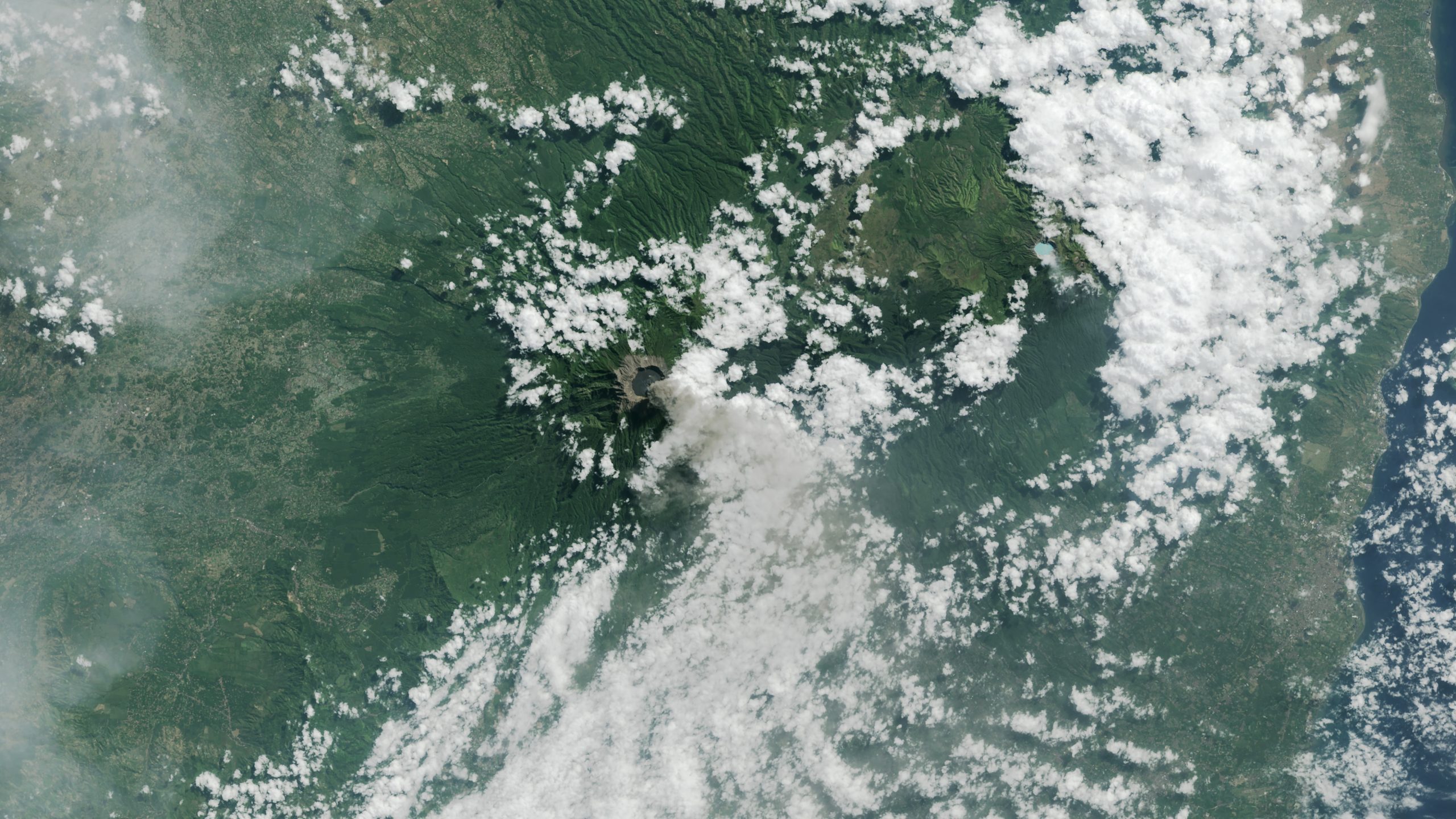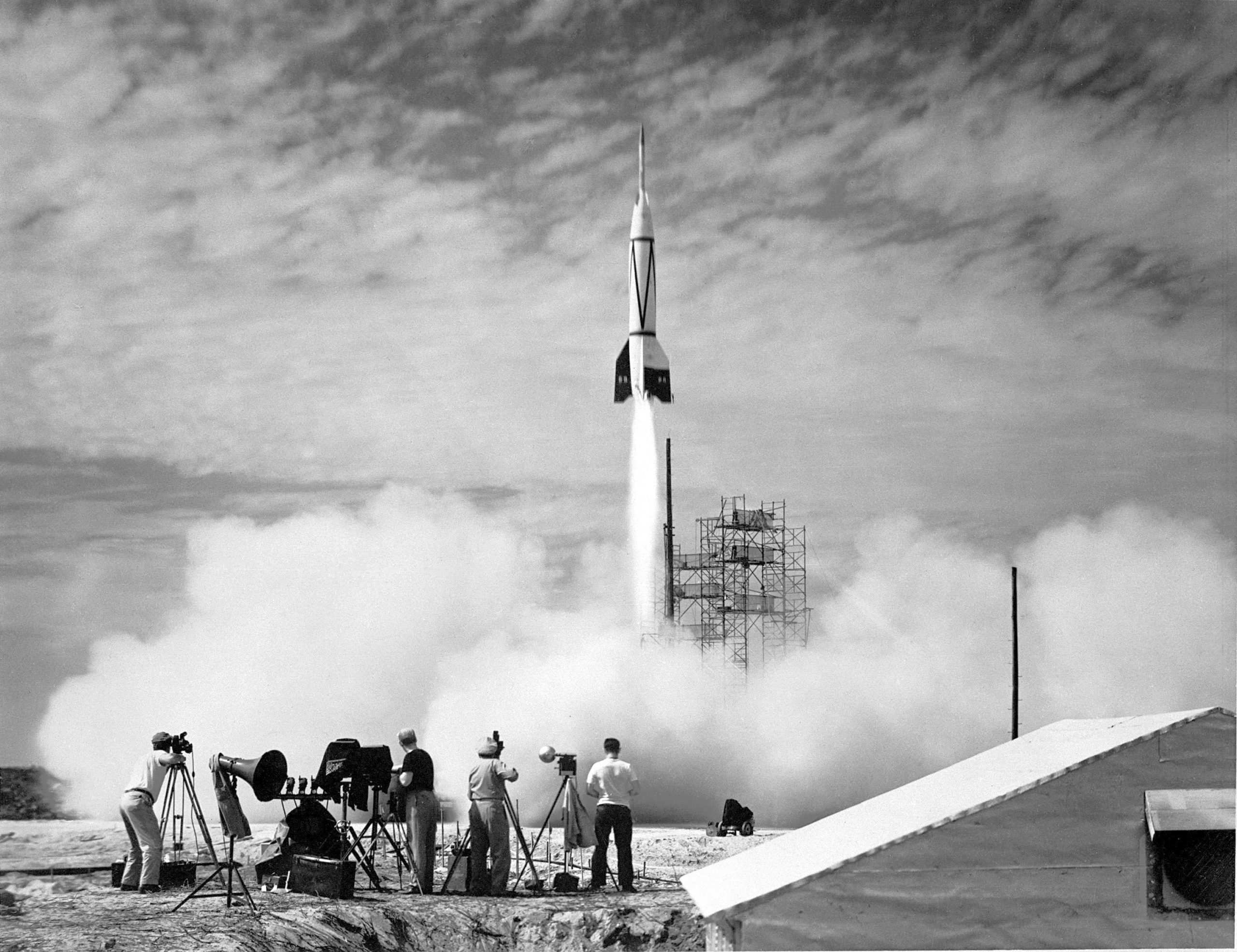Now Reading: NASA Harnesses AI to Enhance Earth-Observing Satellites
-
01
NASA Harnesses AI to Enhance Earth-Observing Satellites
NASA Harnesses AI to Enhance Earth-Observing Satellites

Rapid Summary
- Technology: NASA showcased dynamic Targeting,an AI-based technology enabling spacecraft to autonomously decide where to conduct science observations within seconds.
- Key Test Results: Dynamic Targeting was tested aboard Earth-observing CubeSat CogniSAT-6. It avoided imaging clouds by looking ahead 300 miles, analyzing imagery, and focusing sensors only on clear areas-enhancing data quality.
- process: Satellite tilts forward for look-ahead imagery. Advanced algorithms identify cloud-free scenes.Instruments then capture only usable ground data within 60-90 seconds.
- Applications: Current testing focused on cloud avoidance. Future tests aim to identify short-lived phenomena like wildfires, volcanic eruptions, storms, and thermal anomalies using specialized algorithms.
- Advanced Vision: The technology could be adapted for use with radar or across multiple spacecraft in constellations for coordinated measurements. Potential applications include studying rare weather events or phenomena in space exploration.
Indian Opinion Analysis
The growth of Dynamic Targeting exemplifies the transformative role of AI in enhancing remote sensing capabilities globally. For India-a nation vulnerable to extreme weather events such as cyclones, heatwaves, and floods-the potential adoption of similar AI-driven space technologies offers significant opportunities in disaster management and environmental monitoring.
Beyond responsiveness during emergencies (e.g., identifying wildfires or tracking monsoonal changes), Dynamic Targeting-like systems can help researchers optimize datasets without wasting storage on unusable images blocked by clouds-an issue relevant even for india’s high-profile satellite missions like CARTOSAT or RISAT programs.
Moreover, the ability to detect fleeting phenomena autonomously highlights a critical advance that India might consider incorporating into its upcoming Earth observation satellites under ISRO’s initiatives. By focusing efforts on high-impact applications using real-time analytics-such as storm predictions-it may pave the way toward bolstered national capacity against climate-related vulnerabilities while advancing global scientific collaboration.























